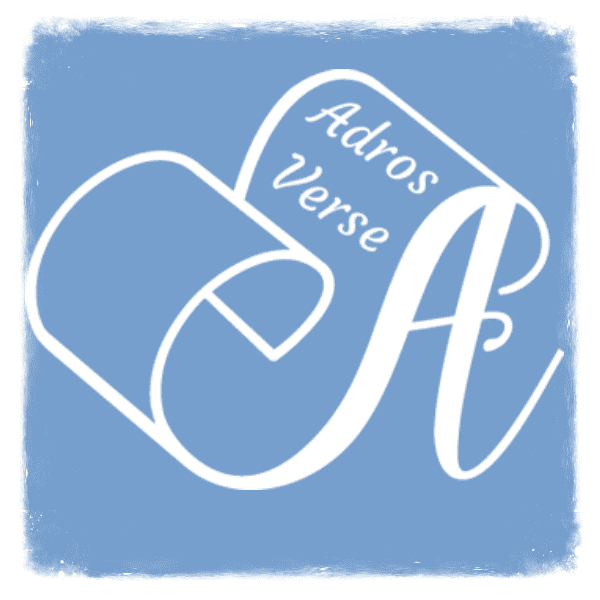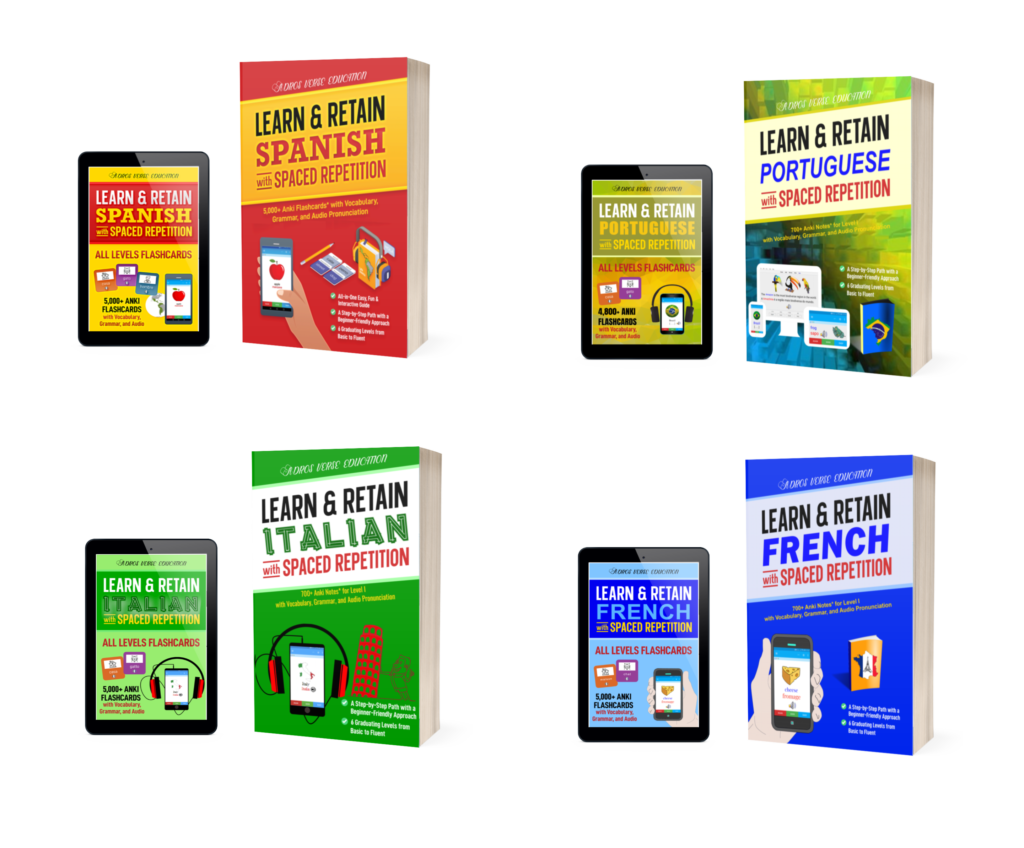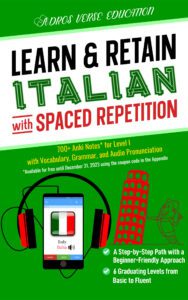Here, we cover relative pronouns in Arabic. A relative pronoun, known in Arabic as اِسْــم مَـوْصــول (ism mawṣūl), is used to introduce a relative clause, which provides additional information about a noun in the larger sentence.
Table of Contents
- Primary Relative Pronouns in Arabic
- Use of Interrogatives as Relative Pronouns
- Referring to Indefinite Nouns
- Level IV – Intermediate II (B2)
Primary Relative Pronouns in Arabic
The primary relative pronouns in Arabic, meaning “who,” “which,” “whom,” or “that,” are as follows:
| Singular | Dual | Plural | |
| masculine | الَّـذي alladhī | الـلَّـذانِ/الـلَّـذَيْـنِ alladhāni/alladhayni | الَّـذيـنَ alladhīna |
| feminine | الَّـتـي allatī | الـلَّـتـانِ/الـلَّـتَـيْـنِ allatāni/allatayni | *اللّاتـي allātī |
* There are also two acceptable alternatives to اللّاتـي (allātī): اللّائـي (allā’ī) and اللَّواتـي (allawātī).
Note that each dual relative pronoun has two forms based on the grammatical case, with the nominative case ending in ـانِ (-āni), and the accusative and genitive cases ending in ـيْـنِ (-ayni).
Here are some examples:
| هـذا هُـوَ الْـكِـتـابُ الَّـذي قَـرَأْتُـهُ٠ hādhā huwa -l-kitābu –lladhī qara’tuh. This is the book that I read. |
| هـذِه هِـيَ الـسَّـيّـارَةُ الَّـتـي أُريـدُهـا٠ hādhihi hiya -s-sayyāratu –llatī ’urīduhā. This is the car that I want. |
| هـؤلاءِ هُـمُ الْـمُـوَظَّـفـونَ الَّـذيـنَ يَـعْـمَـلونَ هُـنـا٠ hā’ulā’i humu -l-muwaẓẓafūna –lladhīna ya‘malūna hunā. These are the employees who work here. |
| الْـبِـنْـتـانِ اللَّـتـانِ هُـنـا تَـدرُسـانِ٠ al-bintāni –llatāni hunā tadrusān. The two girls that are here are studying. |
| هـذا هُـوَ الـرَّجُـلُ الَّـذي زُرْتُـهُ٠ hādhā huwa -r-rajulu –lladhī zurtuh. This is the man whom I visited. |
Use of Interrogatives as Relative Pronouns
The interrogatives مَـنْ (man) and مـا (mā) can be used as relative pronouns, replacing any of the primary relative pronouns discussed earlier, regardless of gender or number, when the antecedent noun is not explicitly mentioned. مَـنْ (man) refers to human beings, while ما (mā) is used with non-human beings, such as animals, objects, plants, or concepts. Here are some examples:
| هـذا هُـوَ ما قَـرَأْتُـهُ٠ hādhā huwa mā qara’tuh. This is what I read. | قُـلْ مـا تُـريـدُ٠ qul mā turīd. Say what you want. |
| هُـمْ أَوَّلُ مَـنْ وَصَـلَ٠ hum ’awwalu man waṣal. They are the first who arrived. | اِسْـأَلْ مَـنْ تُـريـد٠ is’al man turīd. Ask whoever you want. |
The relative pronouns مَـنْ (man) and مـا (mā) can be preceded by a preposition. For example:
| كَـمـا كـانَ مُـتَـوَقَّـعًـا ka–mā kāna mutawaqqa‘an like what was expected (as expected) | لِـمَـنْ يَـهُـمُّـهُ الْأَمْـرُ li–man yahummuhu -l-’amr to whom it may concern |
Referring to Indefinite Nouns
When referring to an indefinite noun, unlike in English, we do not use a relative pronoun in Arabic. For example:
| هِـيَ قِـصَّـةُ رَجُـلٍ خَـسِـرَ كُـلَّ شَـيْءٍ٠ hiya qiṣṣatu rajulin khasira kulla shay’. It is a story of a man who lost everything. |
Compare this to the case when referring to a definite noun:
| هِـيَ قِـصَّـةُ الـرَّجُـلِ الَّـذي خَـسِـرَ كُـلَّ شَـيْءٍ٠ hiya qiṣṣatu -r-rajuli –lladhī khasira kulla shay’. It is a story of the man who lost everything. |
Note the shift in Arabic grammar where the noun الرَّجُـلِ (ar-rajuli) ‘the man’ becomes definite, requiring the use of the relative pronoun الَّـذي (alladhī).
Other lessons in Level IV:









